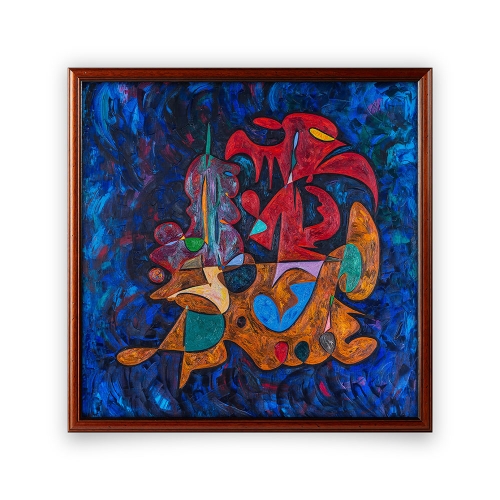
Finding the right piece of art to fit the mood of a room can enhance the atmosphere of a space and add to its beauty. Exploring the most popular canvas prints in this collection may be just what you need to complete your interior look. These images are perfect for someone looking to complement the current colors and themes of his or her home.
Most people find canvas art attractive as it gives one the opportunity of viewing the art in the original masterpiece. It not only has an aesthetic appeal to it, but also gives an authentic feeling. When you have one of the best canvas print companies, you can be sure to turn any drawing, image, photograph or painting into an artwork that is similar to an original hand-painted painting.
However, for you to achieve that, you will need to get one of the best canvas print companies that has an artistically skilled designer who will combine the use of durable and well-built materials and high-resolution printing power to give you the Alexander the Great (2016) canvas photo print virtosuart.com desired results. Since there are hundreds of canvas print companies, it’s no easy task finding the very best place to get canvas prints. How can we sort out the shady, low quality providers from the respected and high-quality companies?
To save you the headache, we’ve reviewed and highlighted the best possible company for you and the best canvas print to buy.
Best canvas print to buy 2019
Title: Alexander the Great (2016)
Size: 65x65cm / 25.6x25.6in
Medium: Framed Canvas Print
Open Edition Artist: Gheorghe Virtosu @virtosuart
https://www.virtosuart.com/fine-art/canvas-prints/alexander-the-great-fine-art-canvas-print
Virtosu Art Gallery Fine Art Canvas Prints
Our choice for the #1 site for canvas prints online is Virtosu Art Gallery. We received our canvas and it was some of the highest quality we’ve found compared to the other competitors. In addition, it has some of the best reviews from its customers and is considered as one of the innovators in the canvas print business for more than ten years in a row.
The company does not only have the capacity to turn your old photo into a new piece of art by directly printing it on a canvas background, but has also been featured in the New York Times and Good Morning America for their high-quality canvas print production.
Their work and customer service is so good that you are guaranteed of 100 percent satisfaction that has no time limit that also includes free retouching services as well as free digital proofs. Besides, you get your own personal designer assigned to you for your canvas print need.


